Summary
Navigating the transition from a Minimum Viable Product (MVP) to a fully-fledged product marks a critical phase in the journey of any software endeavor. An MVP serves as the initial testbed, allowing businesses to validate their concepts with minimal features and resources. However, as the product gains traction and user feedback accumulates, the need arises to evolve it into a comprehensive solution that meets market demands and user expectations. In this pivotal phase, strategic planning and execution are paramount. This article explores effective strategies for transitioning from MVP to a fully-fledged product, drawing insights from the expertise of a seasoned MVP Development Company. By understanding these strategies, businesses can navigate this transition with confidence, ensuring a seamless progression towards product maturity and sustained success.
Why is MVP important?
The MVP (Minimum Viable Product) holds significant importance in the product development journey for several key reasons:
- Validate Assumptions: MVPs allow businesses to test their assumptions and hypotheses about their product’s viability in the real market. By releasing a stripped-down version of the product, companies can gather valuable feedback from actual users, validating or disproving their initial assumptions before investing substantial resources into full-scale development.
- Reduce Risk: Developing an MVP reduces the risk associated with building a full-fledged product without validating its market demand or user acceptance. By focusing on the core features essential for delivering value to users, companies can minimize investment while still gaining valuable insights into market dynamics and user preferences.
- Accelerate Learning: MVP development follows an iterative approach, enabling companies to learn quickly from user feedback and iterate on their product accordingly. This rapid feedback loop accelerates the learning process, allowing businesses to adapt their product strategy based on real-world insights, market trends, and user behavior.
- Optimize Resource Allocation: MVPs prioritize the allocation of resources towards building the most critical features that address users’ immediate needs. By avoiding unnecessary development of complex or peripheral features, companies can optimize resource allocation, reduce time-to-market, and maintain flexibility in their product roadmap.
- Early Market Entry: Launching an MVP enables companies to enter the market sooner, gaining a competitive advantage over slower-moving competitors. By capturing early adopters and generating initial traction, businesses can establish a foothold in the market and iterate on their product based on real-world usage and feedback.
Importance Of MVP In Product Development
The MVP (Minimum Viable Product) holds significant importance in the product development process for several compelling reasons:
- Risk Reduction: MVPs help mitigate the risk associated with product development by allowing companies to test their ideas and assumptions in the real market with minimal investment. By releasing a basic version of the product, businesses can validate market demand, user needs, and product-market fit before committing resources to full-scale development.
- Validation of Concept: Developing an MVP enables companies to validate their product concept and value proposition early in the development process. By gauging customer interest, collecting feedback, and observing user behavior, businesses can verify whether their solution solves a genuine problem and resonates with the target audience.
- Time and Cost Efficiency: MVP development follows a lean approach, focusing on delivering the core features necessary to address users’ primary needs. By prioritizing essential functionalities and avoiding unnecessary complexity, companies can reduce development time and costs while still delivering value to users.
- Iterative Improvement: MVPs facilitate an iterative approach to product development, allowing companies to gather feedback from early adopters and continuously iterate on their product based on real-world usage. This feedback loop enables businesses to identify areas for improvement, refine their features, and enhance the overall user experience over time.
- Market Entry and Traction: Launching an MVP enables companies to enter the market quickly and start generating traction among early adopters. By getting their product into the hands of users sooner, businesses can establish a presence in the market, build brand awareness, and capture valuable insights that inform future product iterations.
Steps To Building A Full-fledged Product From MVP
Transitioning from an MVP (Minimum Viable Product) to a full-fledged product involves several key steps to ensure a smooth and successful evolution. Here’s a general roadmap for building a full-fledged product from an MVP:
- Evaluate MVP Performance: Start by evaluating the performance of your MVP. Analyze user feedback, metrics, and usage data to identify strengths, weaknesses, and areas for improvement.
- Define Product Vision: Refine your product vision based on insights gained from the MVP phase. Identify key features, functionalities, and goals for the full-fledged product.
- Prioritize Features: Prioritize features based on their importance and impact on your product’s success. Focus on addressing core user needs and enhancing the user experience.
- Develop a Product Roadmap: Create a detailed product roadmap that outlines the timeline, milestones, and resources required for building the full-fledged product. Define release cycles and set goals for each phase of development.
- Iterative Development: Adopt an iterative development approach, releasing new features and updates incrementally based on user feedback and market demand. Continuously test and iterate on your product to improve its quality and relevance.
- Scale Infrastructure: Ensure that your infrastructure can support the growth of your product. Scale your servers, databases, and other resources to handle increased traffic and user activity.
- Enhance User Experience: Focus on enhancing the user experience by improving usability, performance, and accessibility. Incorporate user feedback to make informed design decisions.
- Integrate Feedback Loops: Implement feedback loops to gather continuous feedback from users and stakeholders. Use this feedback to prioritize future enhancements and improvements.
- Quality Assurance: Conduct thorough testing and quality assurance to ensure that your product meets high standards of performance, reliability, and security.
- Launch and Marketing: Plan a comprehensive launch strategy to introduce your full-fledged product to the market. Use marketing tactics to generate buzz, attract users, and drive adoption.
- Monitor and Iterate: After launch, monitor the performance of your product closely. Use analytics and user feedback to identify areas for improvement and iterate on your product to keep it competitive and relevant.
How Can Creolestudios Help You in Scaling Your Software Solution?
Creole Studios excels in developing Minimum Viable Products (MVPs) with scalability in mind. Their approach involves crafting streamlined MVPs that address core user needs while laying a solid foundation for future growth. By focusing on scalable architecture, leveraging cloud infrastructure, and adopting modern development practices, Creole Studios ensures that MVPs can seamlessly evolve into fully-featured and scalable solutions as demand increases your trusted MVP Development Company, to embark on a journey of rapid growth and innovation.. This strategic approach enables clients to launch quickly, gather valuable feedback, and iteratively enhance their products towards success.
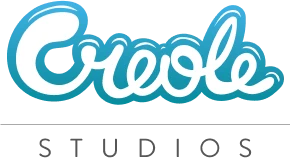

 Lets Talk
Lets Talk 




 Email Us
Email Us 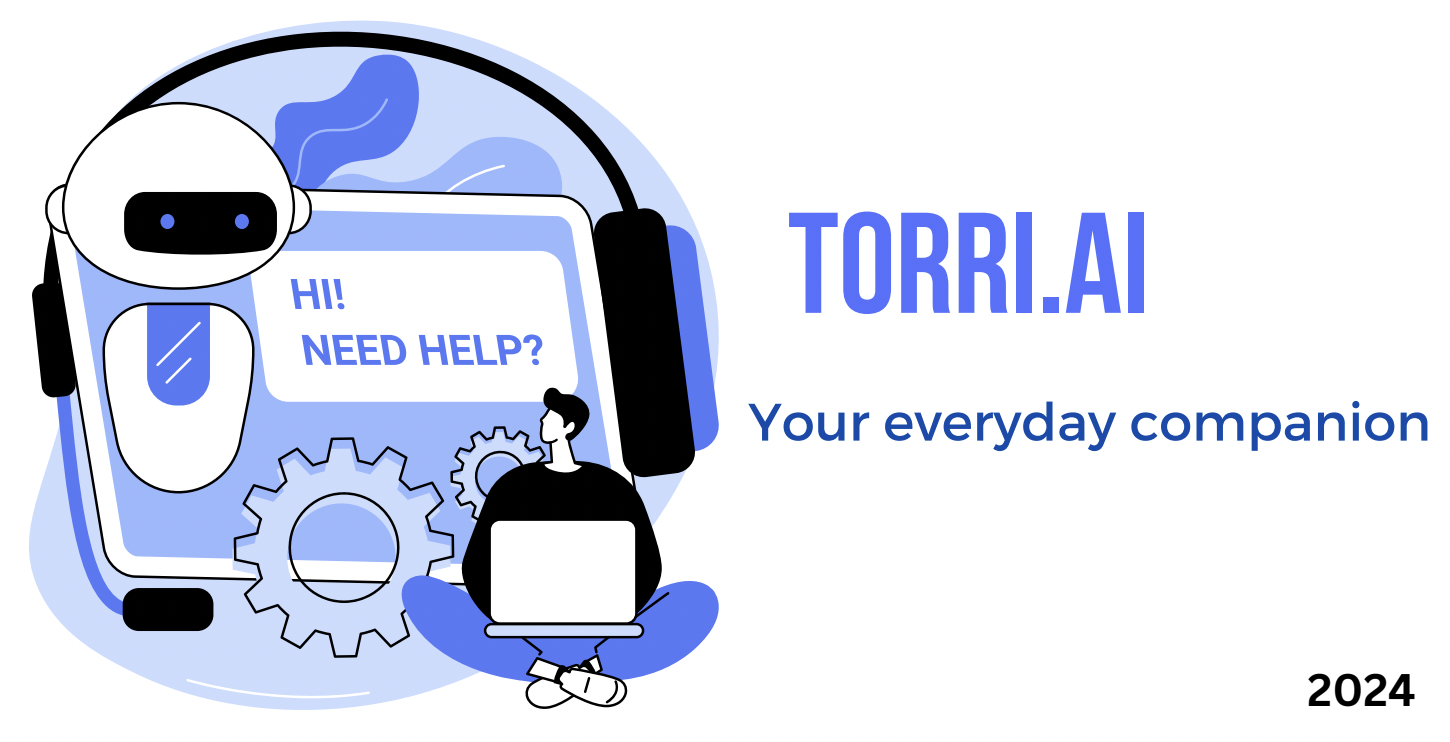
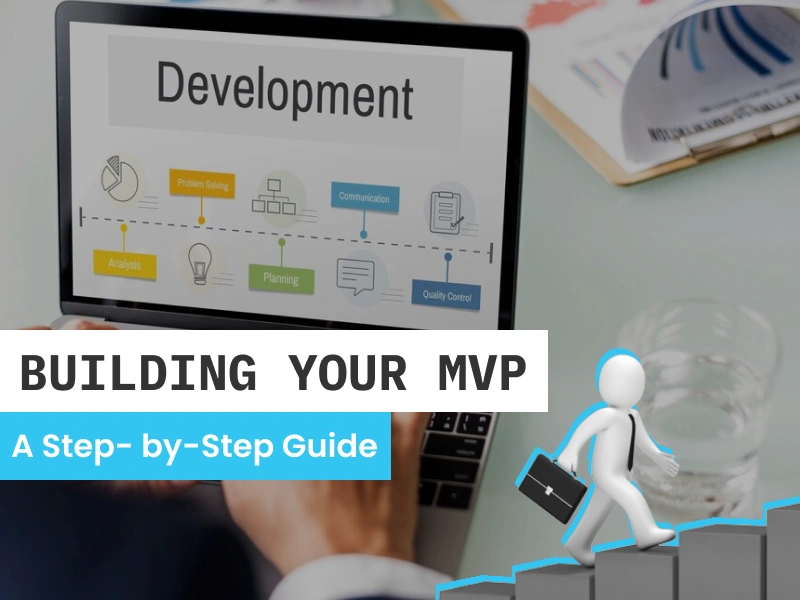

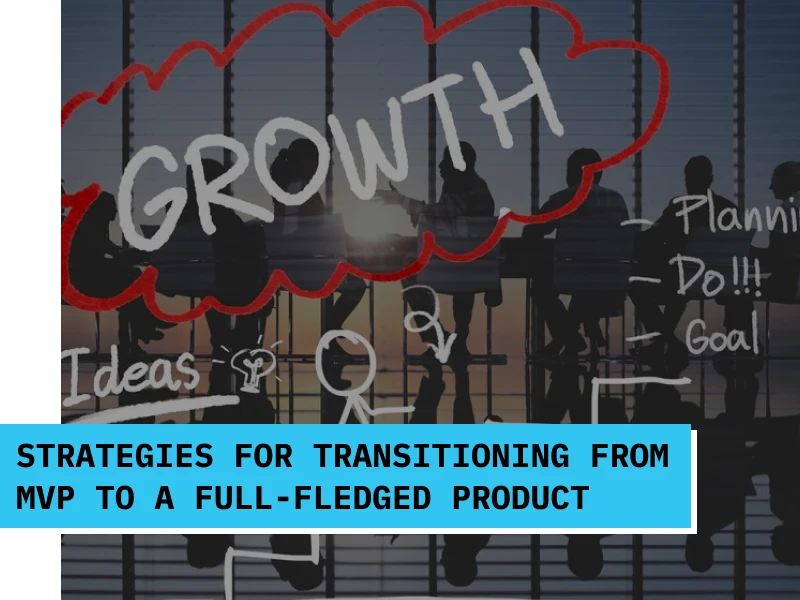








 30 mins free Consulting
30 mins free Consulting 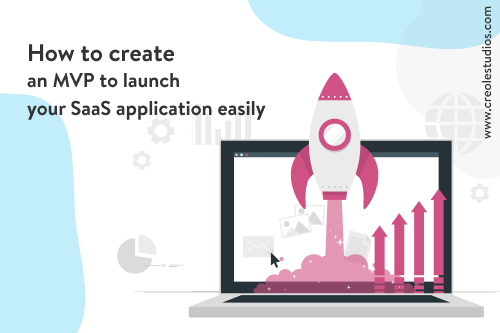
 10 min read
10 min read 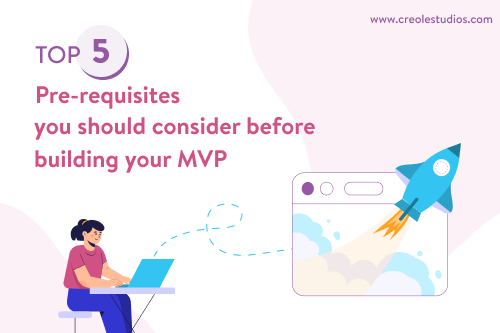

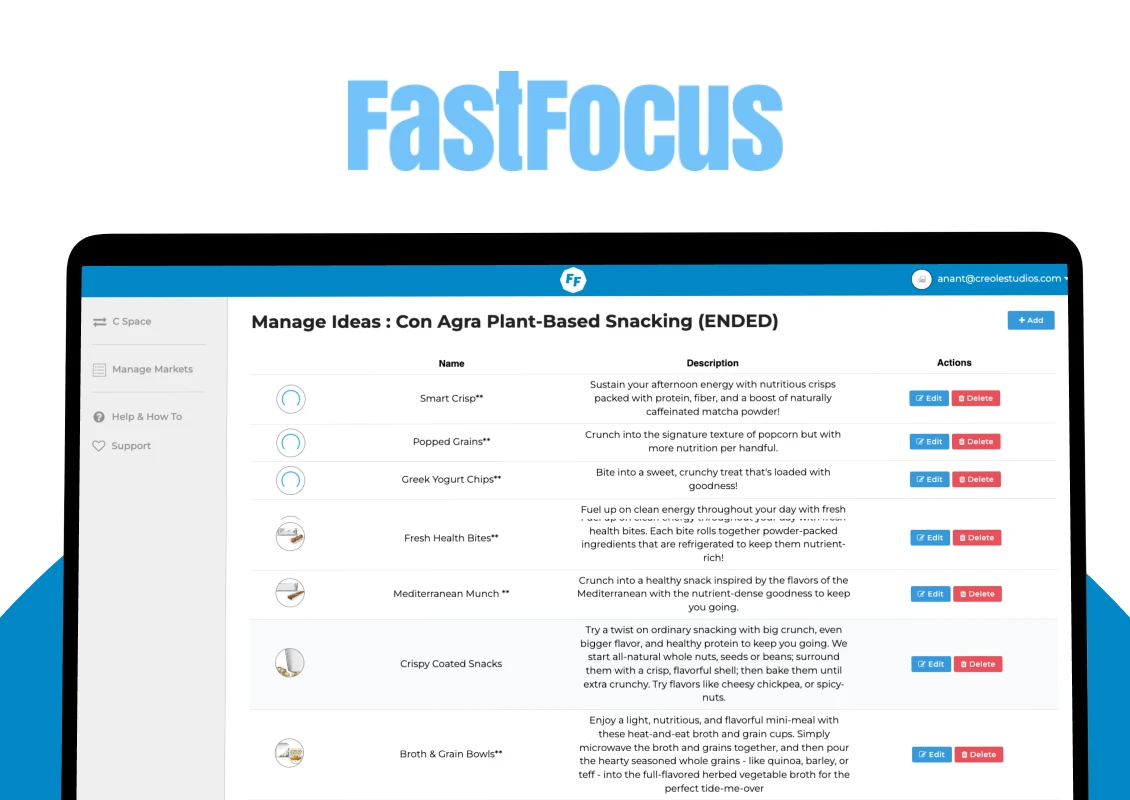
 USA
USA 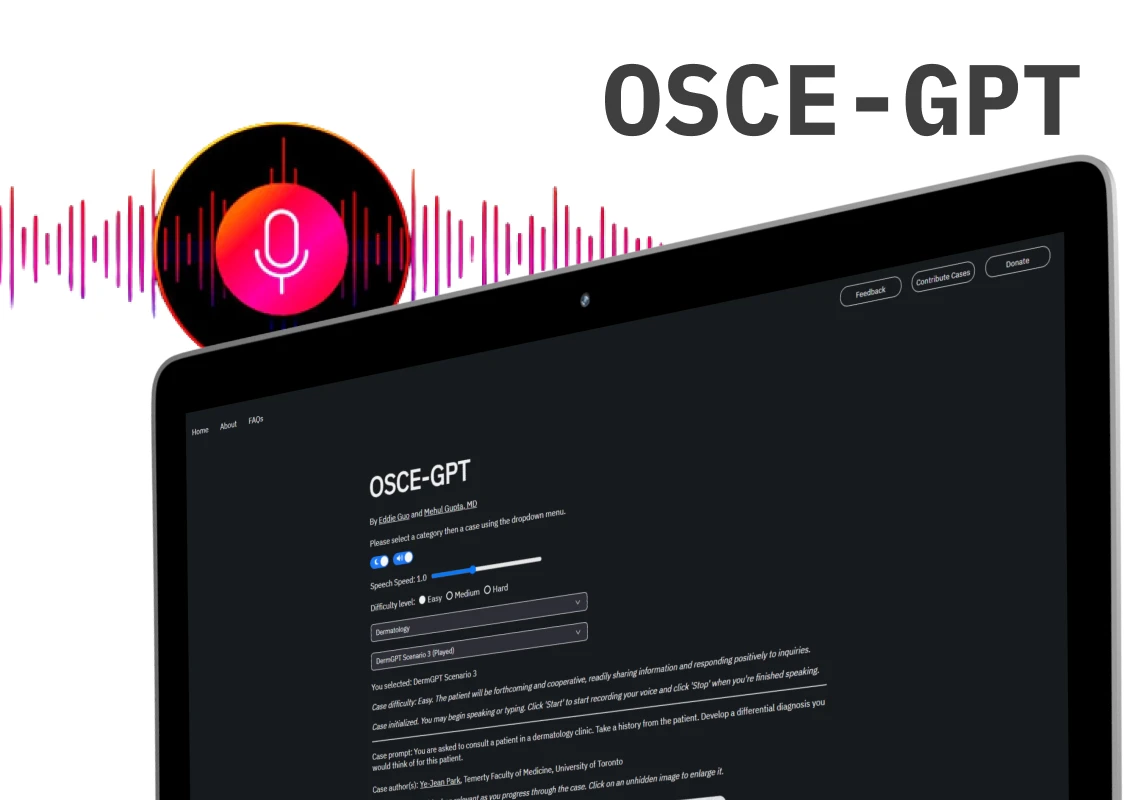
 Canada
Canada 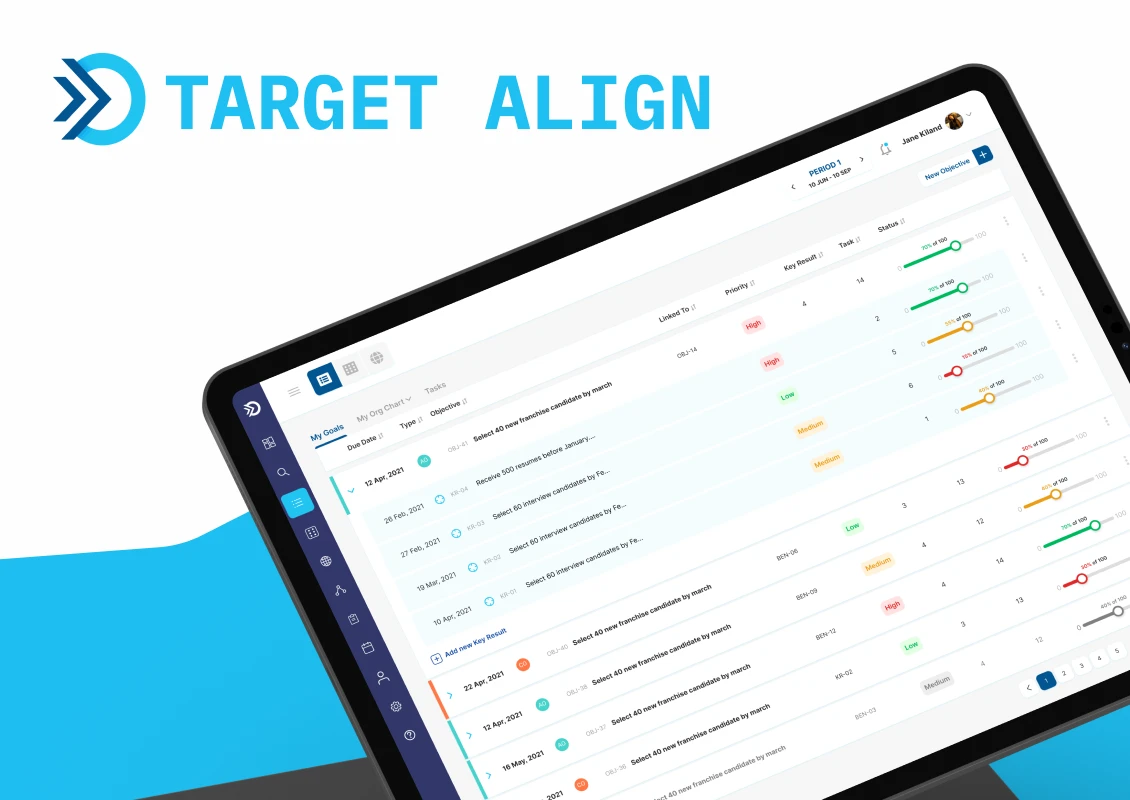






 Love we get from the world
Love we get from the world 